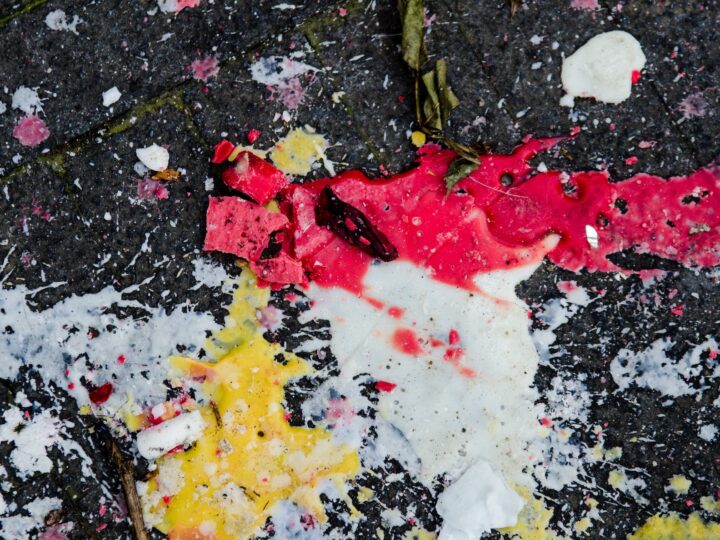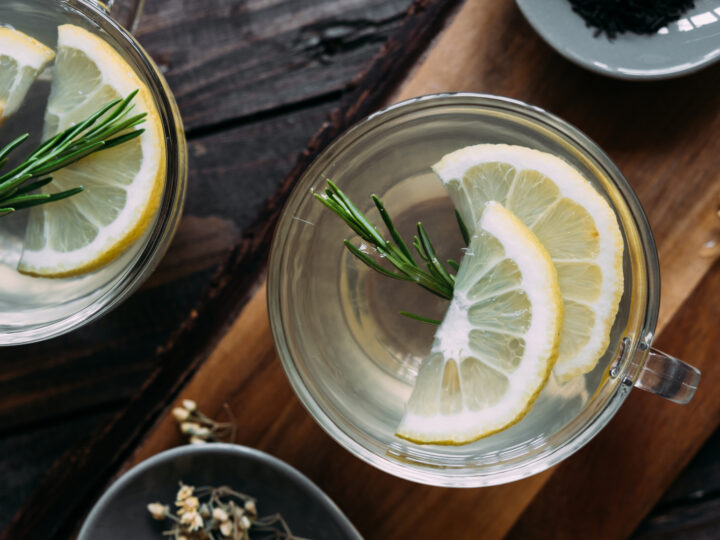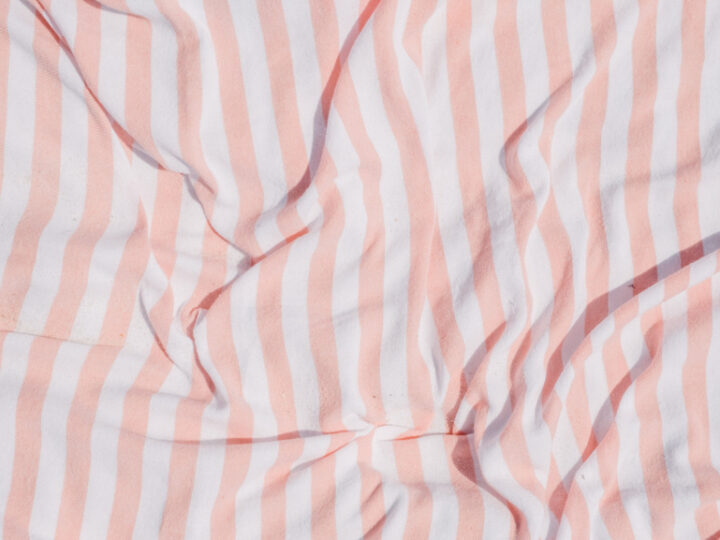BOTANY, BENEFITS & BREWING
The Lowdown on Tea
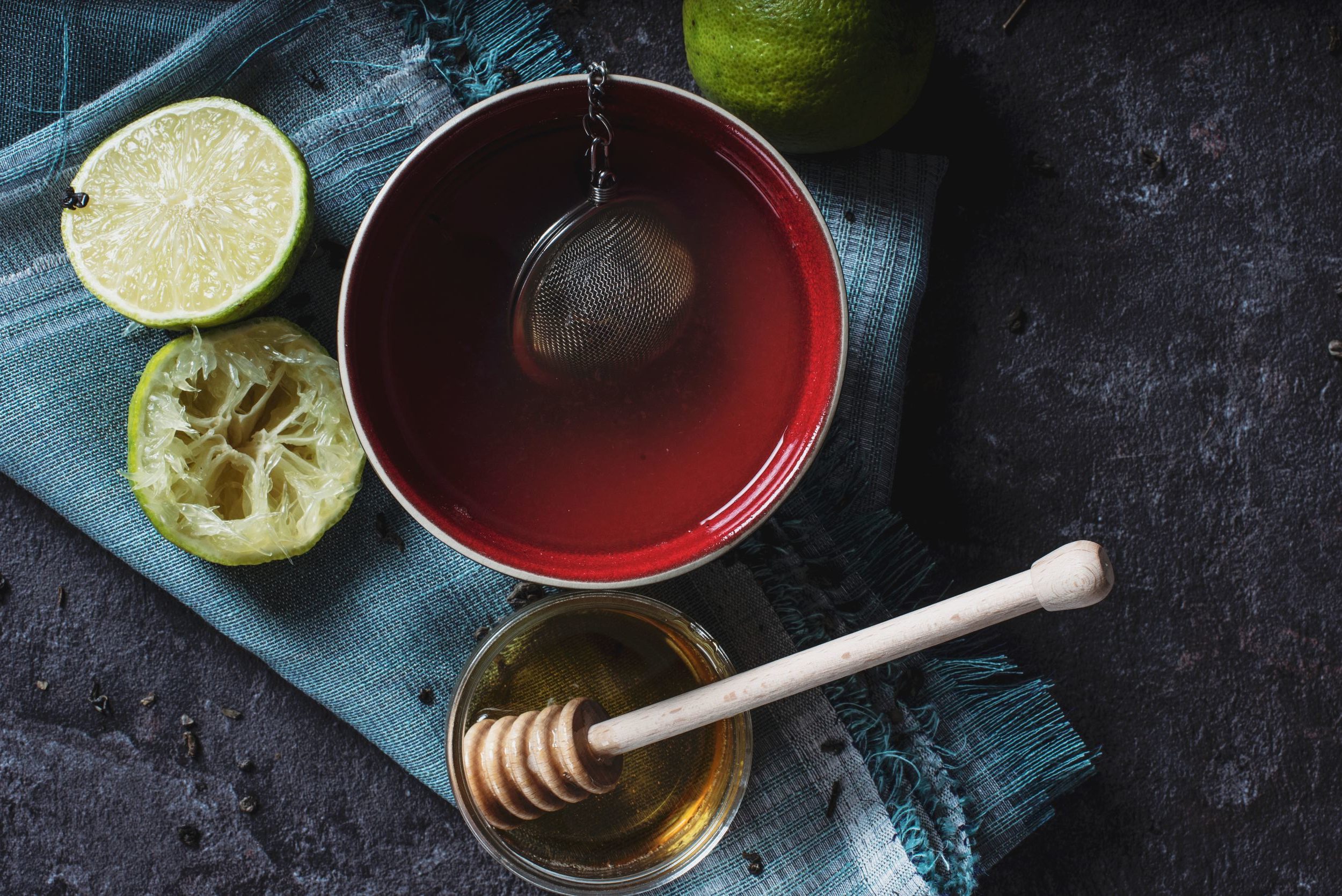
Did you know that tea is the most widely consumed beverage in the world aside from water? As an art and custom, drinking tea is also thousands of years old. Since it’s so steeped in tradition (no pun intended), there’s a lot of ground to cover when it comes to learning about the health benefits of tea and its use in Traditional Chinese Medicine (TCM).
It’s easy to get overwhelmed when learning about tea, so we’ve covered everything you need to know below. Keep reading our guide to gain a more holistic understanding of this timeless herbal beverage and how it can benefit your body and mind!
The Skinny on Tea Plants
The term “tea” — or “cha” in Mandarin — is a loaded one. There are actually four main types of tea, including green tea, black tea, white tea, and oolong tea, and they’re all harvested from the tea plant, camellia sinensis.
However, there are two tea plant varieties that make up the most popular types of tea today. They are:
- Camellia sinensis sinensis (Chinese tea), a small leaf plant grown in high mountain regions of China and Japan; and
- Camellia sinensis assamica (Indian tea), a broad leaf variety of the tea plant that’s found in moist, tropical climates in Northeast India and the Szechuan and Yunnan provinces of China.
Soil, climate, and altitude — also known as the “terroir” — all play a role in the quality and taste of tea. Other factors include how and when the tea is harvested and processed, which are determined by the tea maker. There’s several steps to processing tea, which dictates the color, taste, and smell of the tea leaves.
The only part of that process you really need to know for now is oxidation. Oxidation is a chemical reaction that causes tea leaves to brown after they’re picked (think of avocados or apples that sit out too long), which influences their scent and flavor.
Depending on the type of tea being made, the oxidation process is either avoided as much as possible or initiated and controlled to achieve a specific flavor and color. To stop oxidation, leaves are cooked (another step in the production process).
On an oxidization spectrum, white and green teas would be the least oxidized, oolong would fall somewhere in the middle (semi-oxidized), and black tea would be completely oxidized.
Yin Yang Philosophy, Your Body, and Tea
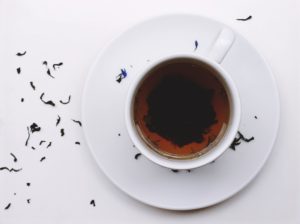 It’s important to understand the concept of “yin” and “yang” in TCM when drinking tea. The yin yang philosophy teaches us that foods and beverages have natural “heaty” and “cooling” properties that affect the body.
It’s important to understand the concept of “yin” and “yang” in TCM when drinking tea. The yin yang philosophy teaches us that foods and beverages have natural “heaty” and “cooling” properties that affect the body.
Heaty “yang” foods and beverages dispel colds, stimulate and warm the body, and improve your circulation. But if you eat excessive heaty foods, you’re more likely to get a sore throat, fever, mouth ulcers, and other symptoms related to heatiness.
Cooling “yin” foods, on the other hand, have a natural soothing effect on the body and get rid of heat and toxins. However, too much “yin” in your diet can lead to muscle soreness and fatigue. So, a big part of drinking tea is achieving that perfect balance of yin and yang.
Now that you know a bit about how tea is made and its relation to TCM yin yang philosophy, it’s time to dive into the different types of tea and their health benefits.
4 Types of Tea and Their General Health Benefits
In Chinese culture, tea is an everyday beverage that is considered to have its own health benefits. As you know, there are many types of tea, but do you know why tea is so healthy?
In general, most teas…
- Contain antioxidants
- Have less caffeine than coffee
- Reduce risk of stroke and heart attack
- Help weight loss
- Protect your bones
- Decrease tooth loss
- Boost your immune system
- Combat cancer
- Help your digestive system
- Are calorie free
To give you a more comprehensive understanding of tea, we’ve discussed a few of the most popular types available today.
1. Green Tea (Lǜ chá, 綠茶)
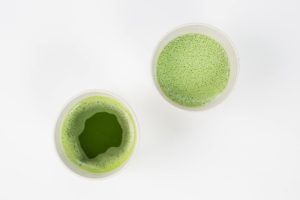 Green tea is not oxidized as long as black tea, so its leaves maintain more of their nutritional properties. TCM claims that green tea is cold in nature, and that it’s ideal for calming your body, boosting your immune system, and improving your brain functions.
Green tea is not oxidized as long as black tea, so its leaves maintain more of their nutritional properties. TCM claims that green tea is cold in nature, and that it’s ideal for calming your body, boosting your immune system, and improving your brain functions.
West Lake Dragon Well Tea
“Longjing” tea is one of the most famous green teas in China. There are many variants of this tea, but the most authentic strain is grown in the West Lake region of Hangzhou. It’s rich in antioxidants and caffeine, so be careful how much you drink!
Lu Mountain Cloud and Mist Tea
Grown in the Jiangxi province of China, “Lushan Yunwu” tea has a natural sweet flavor. Because it’s grown in the shade, it has high amounts of chlorophyll, Vitamin C, and other nutrients.
Nanjing Rain Flower Tea
“Yu Hua” tea comes from Nanjing City in the Jiang Su province of China. These tea leaves are harvested within the Rain Flower Terrace area of Nanjing, have a pine needle shape, and a sweet flowery taste. Rain flower tea is said to refresh the body and protect it against food poisoning.
2. Black Tea (Hóng chá, 紅茶)
Black tea is more oxidized than green tea, white tea, and oolong tea, and therefore considered a “heaty” or “warm” beverage. After being processed, the leaves look black, although the tea itself has a red color. Black tea is said to contain more caffeine than other teas, so it shouldn’t be consumed late in the evening.
Keemun Tea
Keemun tea, or “Qimen” tea, is considered a quality black tea due to its aromatic smell and mellow flavor. As a heaty beverage, it is ideal for getting rid of fatigue.
Yunnan Black Tea
“Dian hong” tea, also referred to in Mandarain as “Dian Hong Gong Fu,” is typically made from the assamica tea plant. Yunnan tea is said to have positive effects on weight loss, nausea, high cholesterol, digestive issues, and inflammation.
Lapsang Souchang Tea
Sometimes referred to as “smoked tea,” lapsang souchang tea has a distinctive smoky flavor and is harvested from the lowest leaves on the tea plant. Similar to other black teas, it is said to improve cardiovascular health, strengthen the immune system, and to reduce inflammation.
3. White Tea (Bái chá, 白茶)
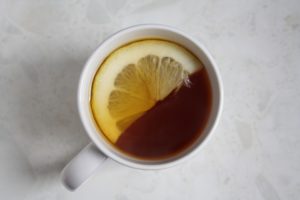 White tea is considered to be very delicate because it’s the least processed type of tea, meaning the leaves don’t oxidize as long as green and black teas.
White tea is considered to be very delicate because it’s the least processed type of tea, meaning the leaves don’t oxidize as long as green and black teas.
Silver Needle White Tea
“Baihao Yinzhen” is said to be one of the rarest of teas, and is traditionally grown a mile above sea level in the Fujian province of China. This superb tea has a light, jasmine flavor, and is said to carry lots of antioxidants that combat aging and cancer.
White Peony Tea
“Bai Mu Dan” tea has a natural floral taste and a clear apricot color. White peony is said to be rich in antioxidants, and is ideal for removing toxins from the body.
Tribute Eyebrow Tea
“Gong Mei” tea has an earthier flavor than other white teas. Sometimes referred to as “Shong Mei,” this tea is typically harvested from the Fujian and Guangxi provinces of China, and is rich in antioxidants like other white teas.
4. Oolong Tea ( Wūlóng chá, 烏龍茶)
Oolong tea is semi-oxidized, so it falls somewhere between black tea and green tea in color. This consequently affects its flavor, too. Like green tea, oolong is generally considered to have cooling “yin” effect on your body.
Iron Goddess Tea
“Tie Guan Yin” tea is a popular Chinese tea that is lightly oxidized, giving it a fruity taste sometimes compared to a berry. It contains a high level of antioxidants and is said to increase mental awareness and reduce stress.
Wuyi Oolong Tea
This oolong tea is grown in the Wuyishan tea garden located in the Fujian province of China. There are many varieties of this tea, but the most well-known is “Da Hong Pao.” It has a sweet, peanut flavor profile, and is said to improve your metabolism and help with heart disease.
Taiwanese Oolong Tea
There’s lots of history that goes into Taiwanese oolong tea, resulting in a unique flavor and, like Wuyi oolong tea, many varieties. Basically, Taiwanese oolong tea makers took their cues from wuyi tea makers in Northern Fujian and tieguanyin tea makers in Southern Fujian. Teas of note are the red oolong tea, tung-ting oolong tea, and high mountain oolong tea.
How to Brew Your Chinese Tea
Tea drinking is a daily custom in China, and there’s a specific ritual to follow as well. To do it correctly, you’ll need a teapot, a tea pitcher, and small tea cups.
- Scoop one teaspoon of loose leaf tea for every six ounces of water.
- Drop the tea leaves into the teapot, then pour hot water over it from your kettle, filling up the teapot.
- Let the tea steep for 15–30 seconds before emptying the teapot into your tea pitcher.
- Then, pour the tea from the tea pitcher into your tea cups.
- Reuse the same tea leaves for your next infusion. Since Chinese tea is more pure and potent than Western teas, you can reuse the same leaves up to three times before using new tea.
- Rinse and repeat!
The tea drinking ritual can get even more involved than this, but for now, following these steps will allow you to drink and enjoy Chinese tea as it was intended.
Do you have any questions or suggestions about tea and TCM? Feel free to leave comments below!
Comments (0)
Leave a reply
You must be logged in to post a comment.

